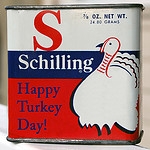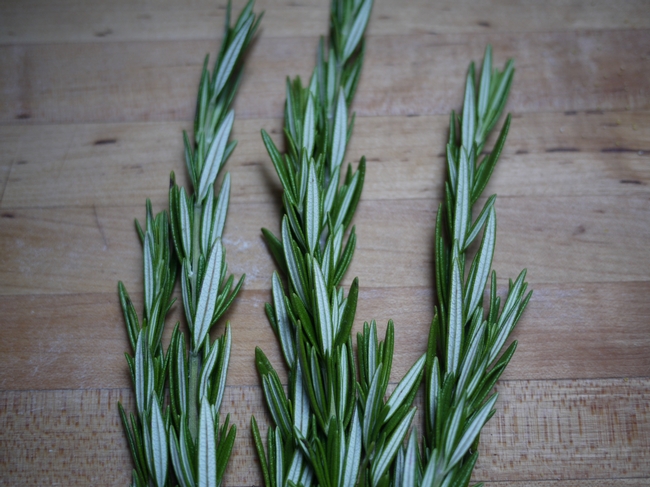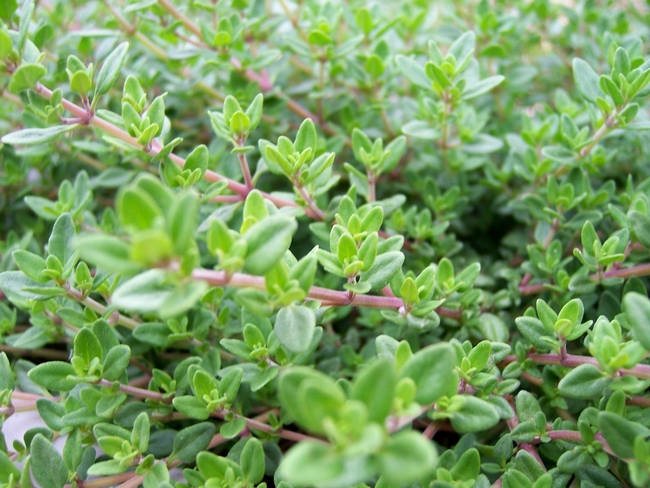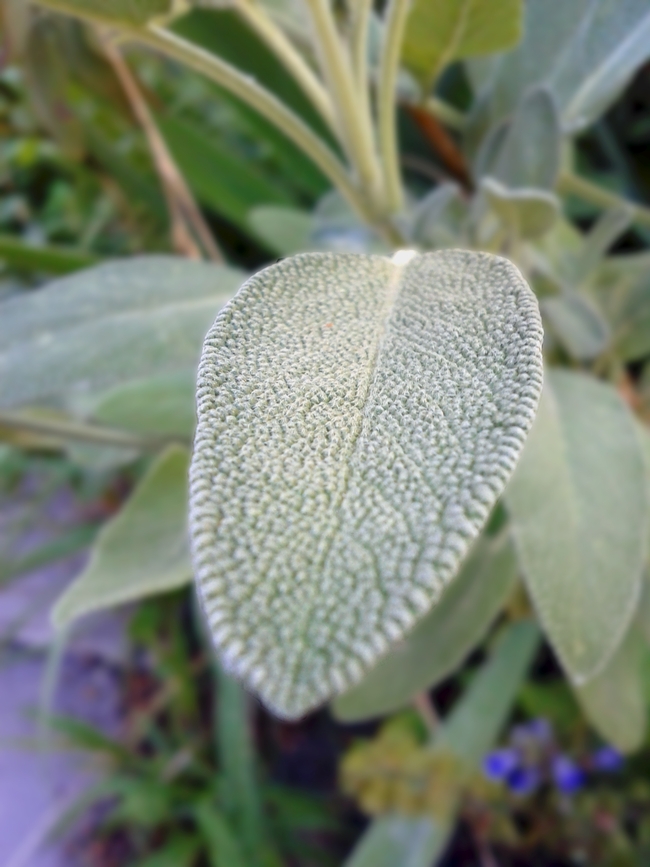Thanksgiving is tomorrow, so I am sure you have all the ingredients you might need for your upcoming feast. Lots of herbs make their way off the shelf and into this wonderful meal, so I thought this would be a great time to discuss some of the most popular herbs used in the traditional Thanksgiving meal, and give some tips on growing and storing them. If you don't already have any or all of these three herbs in your garden, you might consider planting some once spring rolls around.
Rosemary
Rosemary is always a popular herb - and a popular decorative shrub in our area as it is hearty and drought-tolerant. For Thanksgiving use, you can use a rosemary-salt blend to rub your bird, or finely chop and combine fresh rosemary with butter and rub that on your bird. Whole sprigs can also go straight into the cavity of the bird. Rosemary roasted potatoes are also a delicious side dish.
You might already have rosemary, either creeping or upright, in your landscape. If you don't, and would like to grow some, you should! Rosemary is very easy to care for. It prefers 6-8 hours of sunlight per day and thrives in our warm climate. Rosemary likes dry soil - so be sure not to overwater and let the soil dry out between waterings.
Thyme
Thyme is a popular herb to combine with poultry, but this lemony herb also goes well in baked goods. You can rub some thyme on your bird, throw some sprigs inside the cavity, or even toss some thyme into your piecrust dough.
Much like rosemary, thyme can make a great decorative accent in your garden. Many gardeners believe that the flavor of thyme improves the more it is neglected - meaning poor soil and little water suit thyme just fine.
Sage
Sage complements pork very well. It also adds a savory flavor to browned butter, and who doesn't love sage stuffing?
There are many types of sage, and not all of them are edible. These varieties are all edible: garden, purple, tri-color, golden and common sage. Another giveaway for edible sage is the botanical name "salvia officinalis." Sage prefers full-sun and is drought-tolerant once established. It prefers well drained soil and does not like to have wet roots.
Harvesting and Storage
As far as harvesting goes, you can cut sprigs of rosemary, thyme and sage as needed to use fresh, or you can cut and hang sprigs to dry. Once dry I do recommend removing the needles or leaves from the stem and putting them in a jar or bag of some sort, as no one likes dusty herbs!



